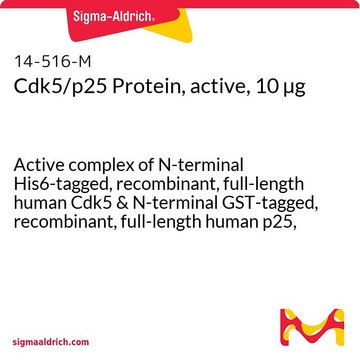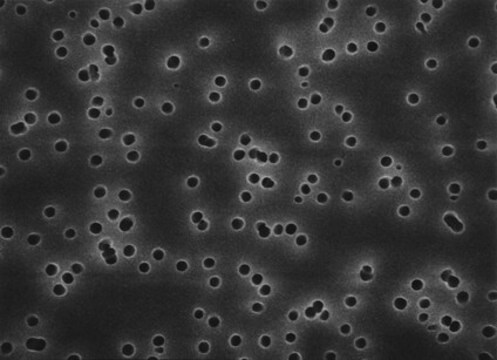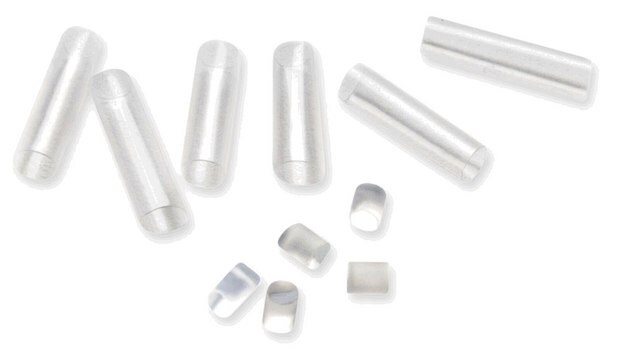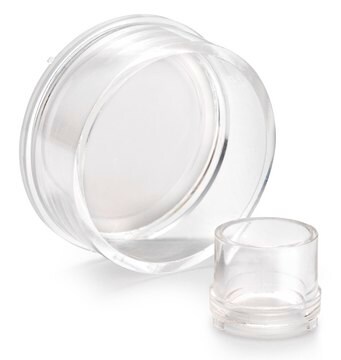MABF3145
Anti-Envelope glycoprotein B Antibody, HCMV Antibody, clone 27-156
Synonyme(s) :
gB
About This Item
Produits recommandés
Source biologique
mouse
Niveau de qualité
Forme d'anticorps
purified antibody
Type de produit anticorps
primary antibodies
Clone
27-156, monoclonal
Poids mol.
calculated mol wt 101.95 kDa
observed mol wt ~120-140 kDa
Produit purifié par
using protein G
Espèces réactives
virus
Conditionnement
antibody small pack of 100 μg
Technique(s)
ELISA: suitable
immunocytochemistry: suitable
immunofluorescence: suitable
immunoprecipitation (IP): suitable
neutralization: suitable
western blot: suitable
Isotype
IgG2bκ
Séquence de l'épitope
C-terminal half
Numéro d'accès Protein ID
Numéro d'accès UniProt
Température de stockage
-10 to -25°C
Informations sur le gène
vaccinia virus ... HA(3654615)
Description générale
Spécificité
Immunogène
Application
Evaluated by Western Blotting with recombinant HCMV glycoprotein B.
Western Blotting Analysis (WB): A 1:200,000 dilution of this antibody detected recombinant HCMV glycoprotein B.
Tested applications
Immunoprecipitation Analysis: A representative lot immunoprecipitated HCMV Envelope glycoprotein B in Immunoprecipitation applications (Reschke, M., et al. (1995). J Gen Virol. 76(Pt1); 113-22; Meyer, G.A., et al. (2000). J Biol Chem. 275(6); 3857-66; Vanarsdall, A.L., et al. (2008). J Virol. 82(23);11837-50).
Immunocytochemistry Analysis: A representative lot detected HCMV Envelope glycoprotein B in Immunocytochemistry applications (Reschke, M., et al. (1995). J Gen Virol. 76(Pt1); 113-22; Jean, F., et al. (2000). Proc Natl Acad Sci USA. 97(6); :2864-9; Meyer, G.A., et al. (2000). J Biol Chem. 275(6); 3857-66; Strive, T., et al. (2002). J Virol. 76(3); 1252-64).
Neutralizing: A representative lot neutralized Envelope glycoprotein B of HCMV. (Schoppel, K., et al. (1996). Virology. 216(1);133-45; Kropff, B., et al. (1997). J Gen Virol. 78(Pt8); 1999-2007; Vanarsdall, A.L., et al. (2008). J Virol. 82(23); 11837-50).
Immunofluorescence Analysis: A representative lot detected HCMV Envelope glycoprotein B in Immunofluorescence applications (Reschke, M., et al. (1995). J Gen Virol. 76(Pt1);113-22; Jean, F., et al. (2000). Proc Natl Acad Sci USA. 97(6); 2864-9; Meyer, G.A., et al. (2000). J Biol Chem. 275(6); 3857-66; Strive, T., et al. (2002). J Virol. 76(3); 1252-64; Vanarsdall, A.L., et al. (2008). J Virol. 82(23); 11837-50).
ELISA Analysis: A representative lot detected HCMV Envelope glycoprotein B in ELISA applications (Sharma, S., et al. (2013). Virology. 435(2); 239-49).
Western Blotting Analysis: A representative lot detected HCMV Envelope glycoprotein B in Western Blotting applications (Reschke, M., et al. (1995). J Gen Virol. 76(Pt1); 113-22; Schoppel, K., et al. (1996). Virology. 216(1); 133-45; Kropff, B., et al. (1997). J Gen Virol. 78(Pt8);1999-2007; Jean, F., et al. (2000). Proc Natl Acad Sci USA. 97(6); 2864-9; Sharma, S., et al. (2013). Virology. 435(2); 239-49; Khanh Le-Trilling, V. T., et al. (2020). Cell Rep. 30(7); 2248-2260).
Note: Actual optimal working dilutions must be determined by end user as specimens, and experimental conditions may vary with the end user.
Forme physique
Stockage et stabilité
Autres remarques
Clause de non-responsabilité
Vous ne trouvez pas le bon produit ?
Essayez notre Outil de sélection de produits.
Code de la classe de stockage
13 - Non Combustible Solids
Classe de danger pour l'eau (WGK)
WGK 1
Point d'éclair (°F)
Not applicable
Point d'éclair (°C)
Not applicable
Certificats d'analyse (COA)
Recherchez un Certificats d'analyse (COA) en saisissant le numéro de lot du produit. Les numéros de lot figurent sur l'étiquette du produit après les mots "Lot" ou "Batch".
Déjà en possession de ce produit ?
Retrouvez la documentation relative aux produits que vous avez récemment achetés dans la Bibliothèque de documents.
Notre équipe de scientifiques dispose d'une expérience dans tous les secteurs de la recherche, notamment en sciences de la vie, science des matériaux, synthèse chimique, chromatographie, analyse et dans de nombreux autres domaines..
Contacter notre Service technique








